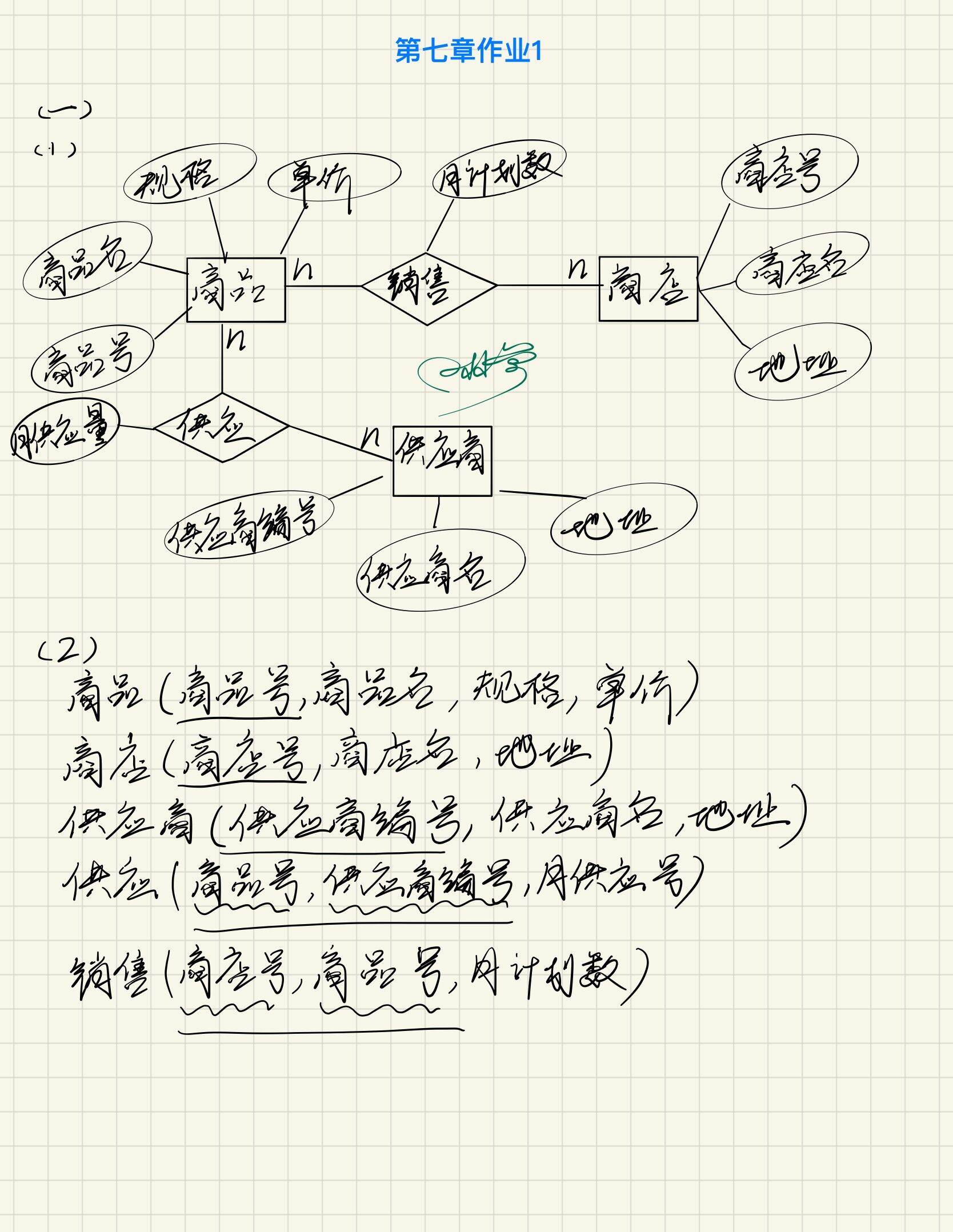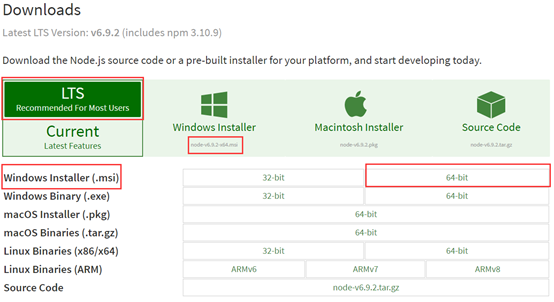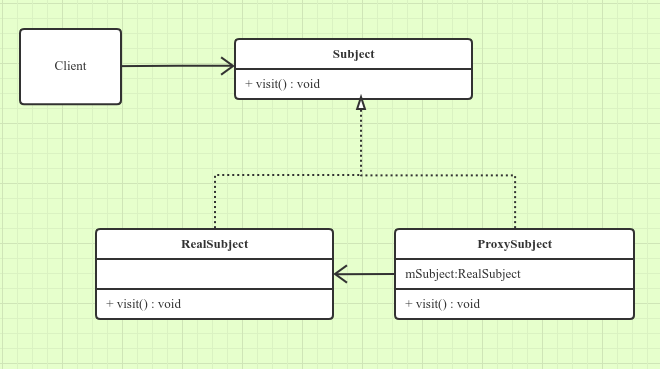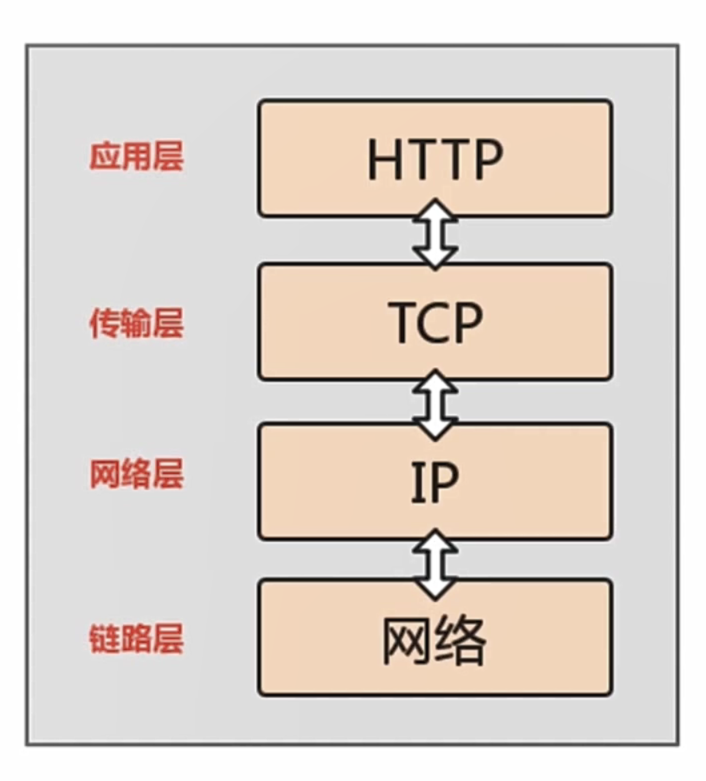文件操作复杂性:Python中文件读写,多文件操作等问题实例?
在Python中,文件操作相对简单,但也可能涉及到一些复杂的场景。以下是一些实例:
单一文件读写:
# 打开文件with open('file.txt', 'r') as f:# 读取内容content = f.read()# 写入新内容f.write('New Content!\n')# 关闭文件f.close()
多文件操作:
多个文件遍历和读写:
files_to_process = ['file1.txt', 'file2.txt']for file in files_to_process:with open(file, 'r') as f:content = f.read()# 写入新内容或保存原始内容if file == 'backup_file.txt':original_content = contentwith open(file, 'w') as f:f.write(original_content)else:new_content = 'New Content for ' + filef.write(new_content)# 关闭文件f.close()
错误处理:
在实际操作中,可能会遇到打开文件失败、写入内容超出文件大小等问题。这时需要使用try/except语句进行错误处理:try:with open('file.txt', 'r') as f:content = f.read()# 写入新内容或保存原始内容new_content = 'New Content!'f.write(new_content)except FileNotFoundError:print("File not found! Please check the file name and path.")except IOError as e:print(f"IO Error occurred: {str(e)})}")finally:# 关闭文件,无论是否发生错误f.close()
以上实例展示了Python中对文件的简单读写和多文件操作。在实际项目中,可能会根据需求进行更复杂的操作。



































还没有评论,来说两句吧...